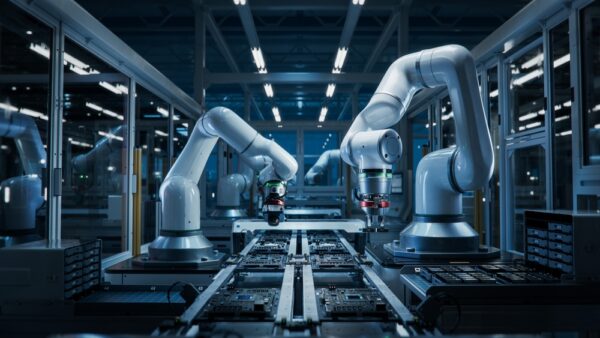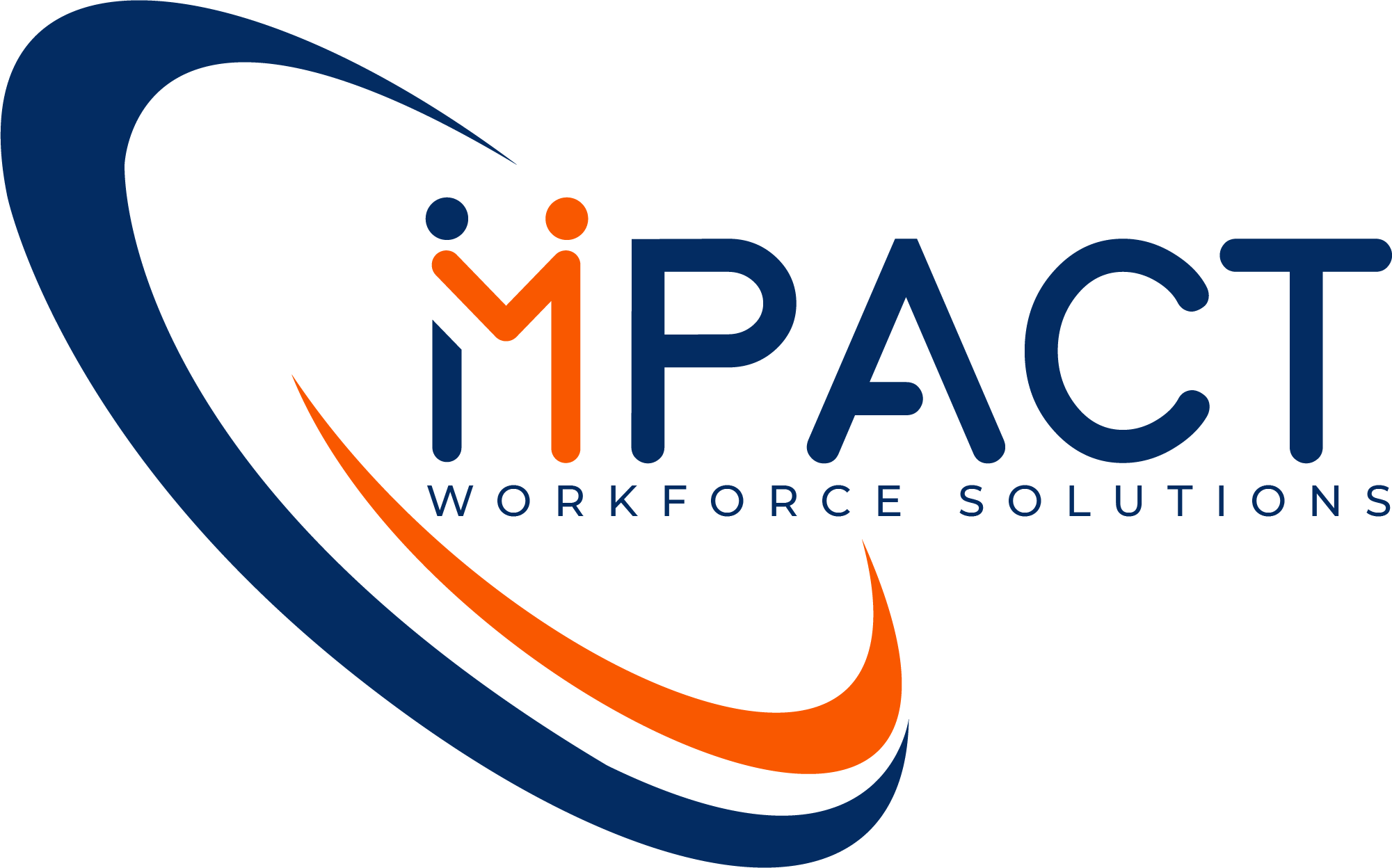
Industry 4.0 represents a seismic shift in the way manufacturing and distribution operate. Powered by smart logistics, IoT integration, robotics, and AI, it heralds a future of unprecedented efficiency and innovation. Yet, for many organizations, adopting these technologies presents significant Industry 4.0 challenges, particularly in staffing and workforce management.
Traditional workforce models often lack the flexibility required to keep pace with technological advancements. Increasingly, decision-makers are leveraging contingent workers to fill gaps and enable broader adoption of Industry 4.0 technologies.
Contingent staffing meets Industry 4.0 challenges
As Industry 4.0 permeates manufacturing and distribution sectors, conventional workforce models fail to keep pace with the relentless march of automation, AI, and the industrial Internet of Things (IIoT). Organizations face a stark reality: the skills required for today’s projects often lie beyond the reach of their existing talent pool. This isn’t just a minor skills gap; it can become a chasm that requires intensive recruiting efforts to bridge.
Contingent workers — once considered supplementary — have become architects of innovation, infusing companies with the expertise, flexibility, and cost efficiency needed to thrive amid digital transformation.
- Specialized skill: Industry 4.0 requires a wide range of specialized skills — robotics programming, IoT systems integration, and smart logistics being prime examples. Internal talent often lacks the depth of knowledge needed for short-term, high-impact projects. Contingent workers can fill these gaps, providing the expertise required for complex implementations.
- Flexibility and agility: Industry 4.0 moves fast, and it requires a workforce that can scale quickly. Contingent workers provide this flexibility, enabling businesses to manage fluctuations in demand, introduce new products, and optimize supply chains. This allows companies to adapt on the fly with minimal disruptions to productivity.
- Cost efficiency: Contingent labor is often tremendously cost-effective. Employing contingent workers for specific projects or during busy months helps companies reduce fixed labor costs and hiring risks, aligning expenses with production needs. This means less wastage during slow periods, more productivity during peak seasons, and — when managed well — better workforce stability overall.

Future Industry 4.0 challenges
Industry 4.0 will continue to introduce rapid changes that disrupt traditional operations, markets, and workforce stability. To name a few:
Autonomous systems and real-time data analytics
The integration of autonomous systems and real-time data analytics into operations will enable organizations to monitor and respond to conditions instantaneously, optimizing processes on the fly. But this advancement will lead to a demand for workers with niche expertise in systems integration, capable of weaving together various autonomous systems, and in data interpretation, ensuring that the vast amounts of data generated are translated into actionable insights.
AI-driven logistics
AI-driven logistics will help predict demand, optimize routes, and reduce operational costs through advanced algorithms and machine learning. These benefits come with the need for specialists who can design, implement, and manage AI systems. And the role of logistics experts will continue to evolve from managing physical flows to overseeing digital systems that control these flows with greater precision.
Smart factories and IoT integration
Machines, sensors, and systems will become more interconnected through IoT. This interconnectedness promises greater efficiency, but it also spells new complexity. Workers will need to be adept at managing these sophisticated systems, requiring a deep understanding of both the hardware and software that drives innovation.
As these technologies take hold, traditional market dynamics will shift, launching new forms of competition and collaboration. Companies that fail to adapt may find themselves outpaced by more agile competitors. The workforce will need to undergo significant transformation — this is inevitable.

Contingent workforce management for Industry 4.0
Despite the advantages, integrating contingent workers into existing teams requires strategic planning. Organizations that prioritize technology for streamlining processes and production without also focusing on technology for improving human connection are missing a critical facet of digital transformation.
Industry 4.0 challenges such as managing complex data flows, coordinating robotics with human labor, and maintaining safety standards require seamless teamwork. Effective management of contingent workers in such settings demands advanced workforce management systems that provide real-time data on staffing levels, task completion, and productivity.
This need for strategic workforce planning, work management technology, and effective management can be a stopgap for businesses looking to build a contingent staff. In-house recruiting teams and leadership might lack the resources to foster alignment, leading to chaos when integrating contingent workers with current workers. An established workforce management partner significantly eases this process to ensure a smooth transition.
Partner with Impact to confront Industry 4.0 challenges
Companies must proactively integrate contingent workers into their talent strategies to confront Industry 4.0 challenges head-on. Now is the time to start integrating contingent workers with full-time staff to create a more resilient workforce — one that can upskill and scale operations quickly.
At Impact, helping businesses harness the power of contingent staffing is what we do. We provide end-to-end solutions — from direct sourcing and talent acquisition to employee benefits and on-site management — lifting the risk and administrative burdens off your shoulders. This makes the transition to contingent staffing simple, enabling you to focus on what’s most important: business.
